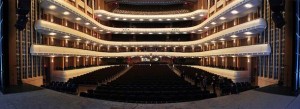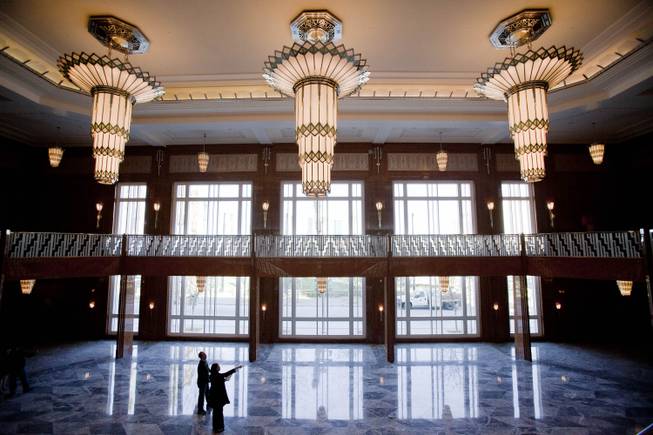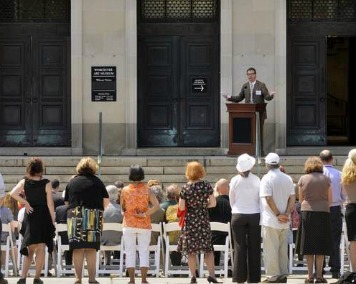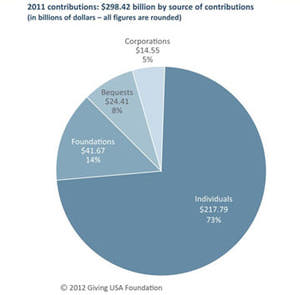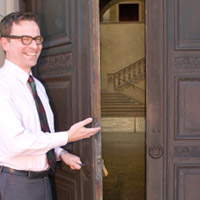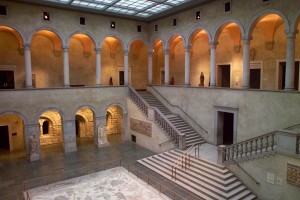The art world has been in such a tizzy about the Museum of Contemporary Art in Los Angeles, and a few other things, that we’ve forgotten about the other crazy museum world situation: The Corcoran Gallery of Art in Washington. That was the June topic of the month.
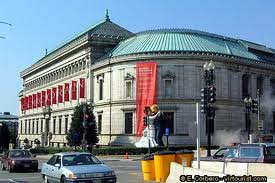 But the Washington Post is keeping up the pressure, sort of, so that trustees do not realize their nutso goal of moving out of the District of Columbia, which has a big tourist business, and into the suburbs of the city, which do not. As I wrote when the news forst broke, the Corcoran has an abysmal track record at raising money. The Post now finds out that’s because it never asks — ok, rarely asks. A few choice quotes from an article published last week.
But the Washington Post is keeping up the pressure, sort of, so that trustees do not realize their nutso goal of moving out of the District of Columbia, which has a big tourist business, and into the suburbs of the city, which do not. As I wrote when the news forst broke, the Corcoran has an abysmal track record at raising money. The Post now finds out that’s because it never asks — ok, rarely asks. A few choice quotes from an article published last week.
“I haven’t gotten a phone call from anyone at the Corcoran in five years,†said Tony Podesta, a lobbyist who, with his wife, Heather, is a leading art collector. He estimates that the couple has donated 150 works to the Corcoran over the years. “We still occasionally give them works of art, although it’s a little bit nerve-racking not to know what the future holds.â€
And:
Years ago, we went to the Corcoran Ball,†the gallery’s key annual fundraiser, said Wayne Reynolds, former chairman of Ford’s Theatre and husband of millionaire philanthropist Catherine Reynolds. “I’ve never been asked back that I know of. I haven’t really been approached [for a contribution].
And:
One arts patron with millions to dispose of said, “I haven’t been asked to give.†And, when the patron’s organization has rented the Corcoran for elegant gatherings, unlike at other venues that take the opportunity to market themselves, “I’ve never met anybody from the Corcoran. Nobody is there to tell me how great they are. I don’t think they’re really in fundraising mode.â€
We knew this board was bad, and we knew the fundraising staff was lame, but quotes like this indicate that the Corcoran probably needs a house-cleaning first at the board level and then among the staff.
As for LA-MOCA, Paul Schimmel posted a plea on his Facebook page this morning: “oh my -give it a rest ! It’s summer- give the board a chance to think about the future as a group.”
I’m not sure I agree with giving it a rest, but I do wish the board would think.

